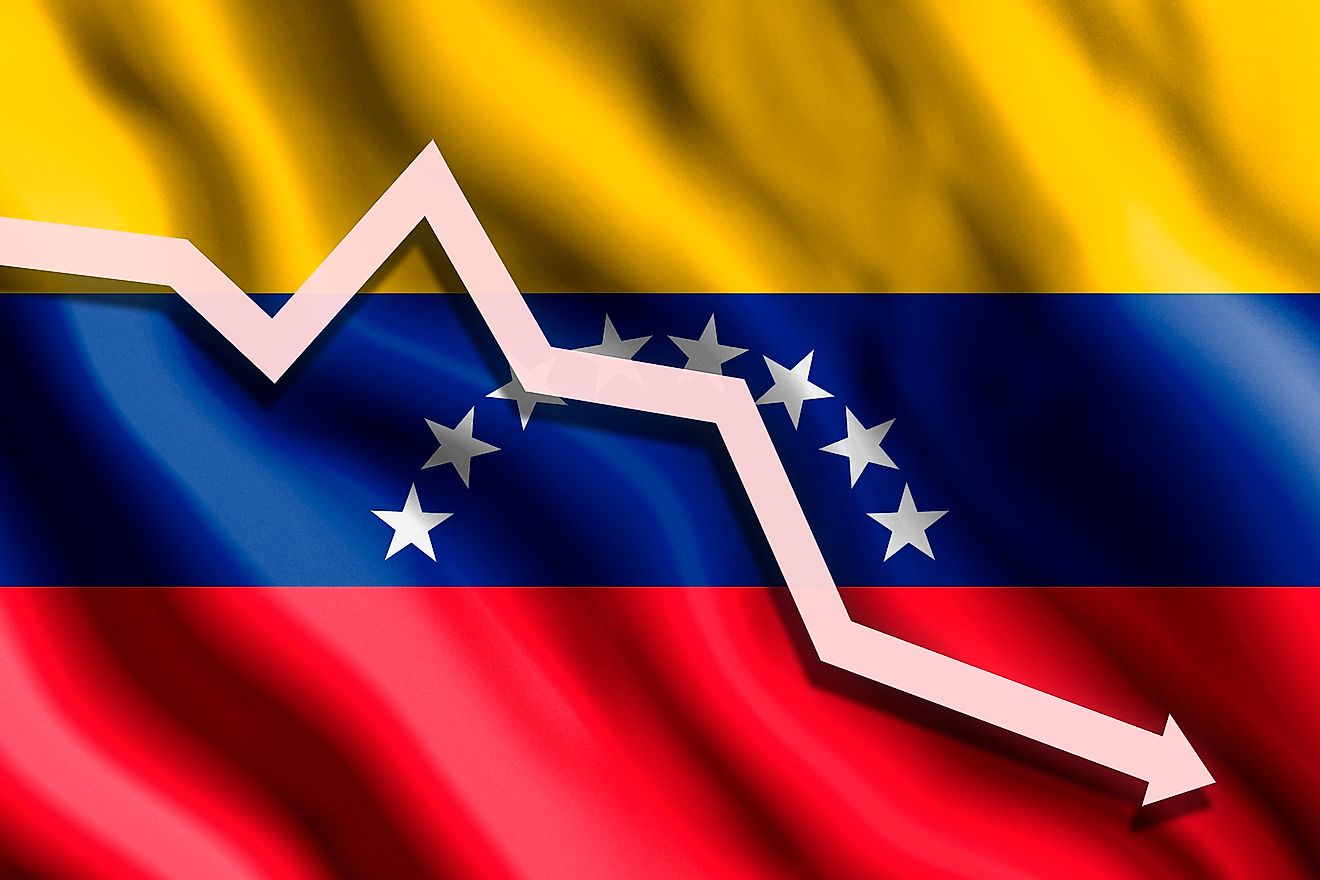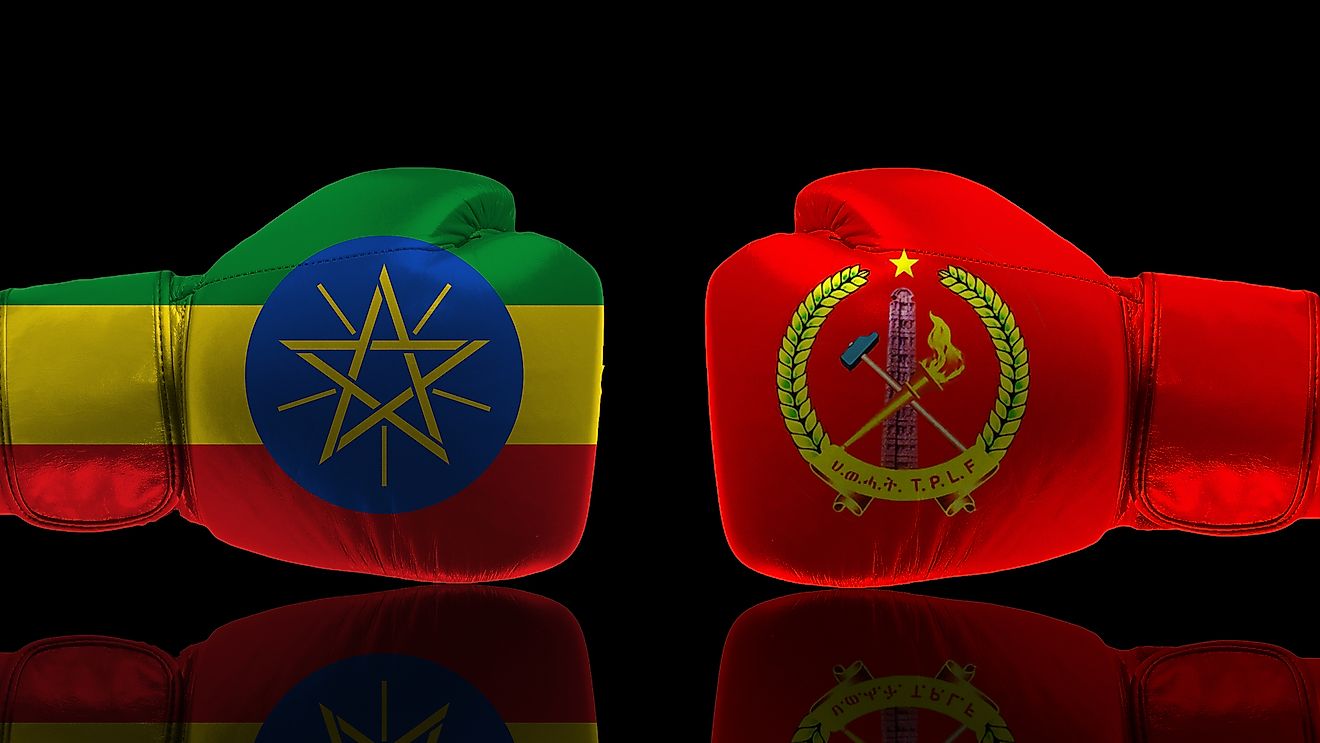Is Feeding Wild Birds Good Or Bad?
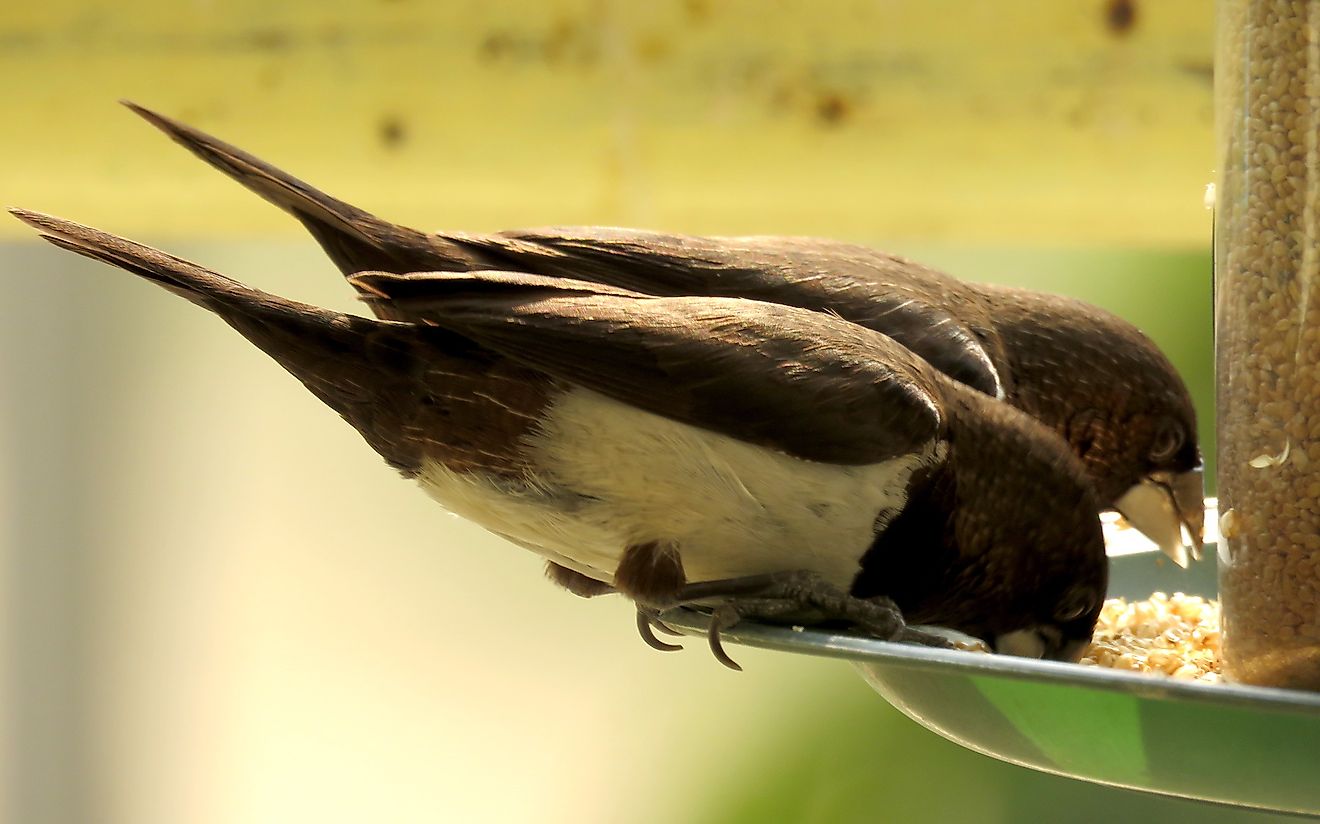
Millions of people feed wild birds across the globe. In fact, according to The Nature Conservancy, 40% of households in the U.S. and 75% in the U.K. feed their backyard birds. For many, it is a way to connect with nature and her creatures. With their chirps, tweets, and flutters, the birds bring immense joy to those observing them feed. But a section of scientists might have a different opinion altogether. They warn that when done in the absence of proper guidelines, wild bird feeding can do more harm than good to the local avian biodiversity. However, that does not mean you need to stop feeding your feathered friends. This article discusses the negative consequences of feeding wild birds and how you can continue enjoying the activity without causing damage to your local bird community.
Why Feeding Wild Birds Can Spell Disaster?
Few experimental studies have been conducted to investigate the impact of feeding wild birds in the urban environment. However, correlational research suggests that this act of humans can significantly alter the structure of bird communities in urban locales.
Disrupt The Balance Between Native And Introduced Species
While every geographical location has its own set of variable factors influencing avian biodiversity, a 2015 study from New Zealand throws important light on how supplementary feeding can alter the balance of nature. In this experimental study conducted by researchers from the University of Auckland and Griffith University, the effect of bird feeding on local urban bird communities was investigated. The study made some eye-opening discoveries. Introduced species like the house sparrow and spotted dove greatly benefitted from the feeding regime and thrived. However, the gray warbler, a native insectivore in New Zealand, suffered a decline in numbers. Once the feeding was stopped, the observed changed ceased to exist. Hence, the scientists concluded that supplementary feeding of wild birds can substantially shape the structure of urban bird communities, and sometimes even disrupt the balance between native and introduced species.
Put Threatened Species To Further Risk
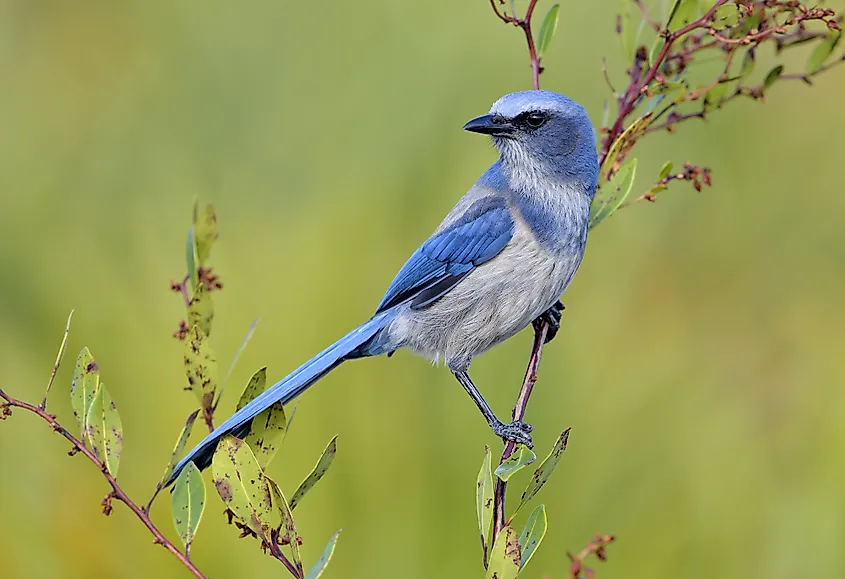
The National Audubon Society cautions feeders about feeding birds that are at risk of extinction. Birds struggling to survive if given supplemental feed without proper knowledge and training on the part of the giver can end up in grave danger as per Audubon. For example, the Florida scrub-jays, a species listed as Vulnerable to extinction on the IUCN Red List is often lovingly fed peanuts. Unfortunately, this overdose of love pushes the species further towards the brink. Florida scrub-jays fed by people go through an unnatural life cycle where they reproduce earlier in the year rather than their natural time of reproduction. Their fledglings that depend on caterpillars for food go hungry as the latter do not hatch so early. Thus, malnourishment and starvation kills the young birds leading to a drastic decline in their population.
Make Birds Vulnerable To Disease And Death
Anything that is done without sound knowledge, and even if accompanied by good intentions, can have negative consequences. So is the feeding of wild birds by people.
According to Wildlife Conservation Trust (WCT), India,
"Feeding wild birds can make them lose their fear of humans, making them vulnerable to poachers. Consumption of processed foods that lack the nutrients found in their natural diets can make them unhealthy, and certain foods, like fried snacks, can also cause choking. Artificially fed wild birds, especially young birds, can get dependent on these food items, reducing their capacity to forage in the wild, leading to starvation and even death."
Audobon Society mentions that feeding owls by the roadside makes these birds susceptible to collisions with vehicles leading to their death.
Also, birds used to feeding off human hands might become too bold and approach people, sometimes even aggressively, seeking food from them. Such behavior of these birds can lead to them being labeled as pests and eventually put them in harm's way.
Owlcation also reminds us of the threat posed by house cats and birds of prey that can target birds visiting easily accessible feeders for their meals.
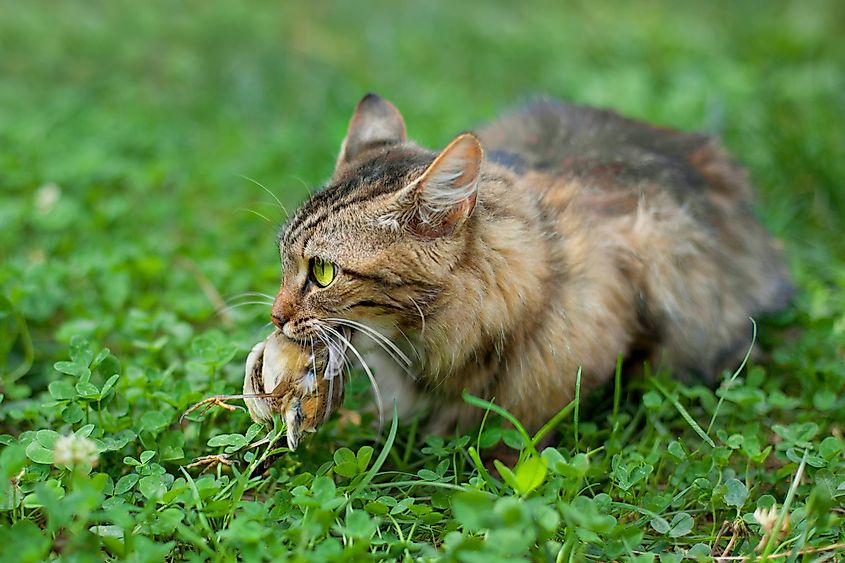
Another big fear of conservationists is how diseases can strike bird populations due to supplementary feeding by humans.
As per WCT, India: "Human-made feeding stations lead to an abnormally high and unnatural congregation of birds, making such places hotspots for the spread of life-threatening diseases, putting the entire population of birds at risk."
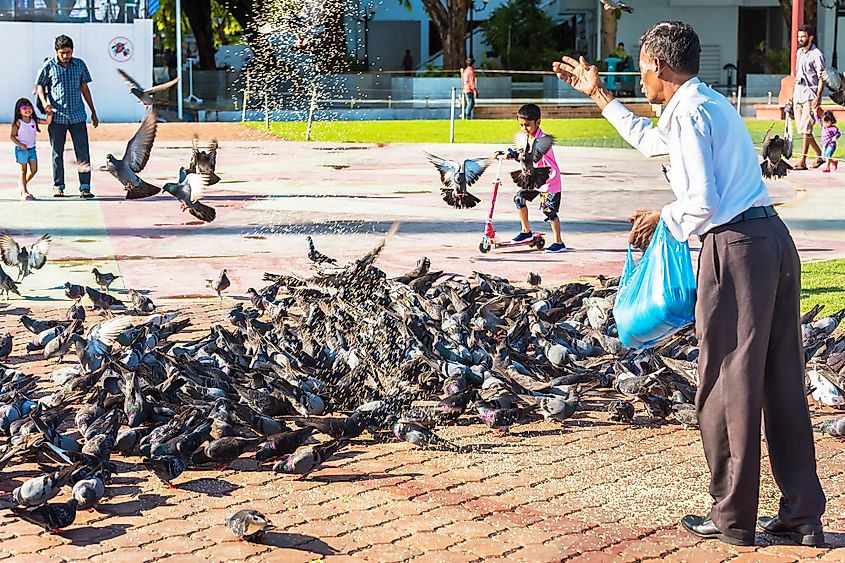
In fact, several studies suggest the possibility of disease transmission among birds at feeding sites. An experimental work by researchers from Virginia Tech, U.S., found that an increased density of bird feeders promoted mycoplasmal conjunctivitis during experimental epidemics.
So, given all of the above mentioned unwanted results coming out of an activity intended to actually help out the birds, it might appear quite overwhelming and have bird lovers think twice before setting up their feeders. So, should you stop feeding birds altogether or there are ways to conduct this activity ensuring the safety of your feathered friends?
There Is Good News Too!
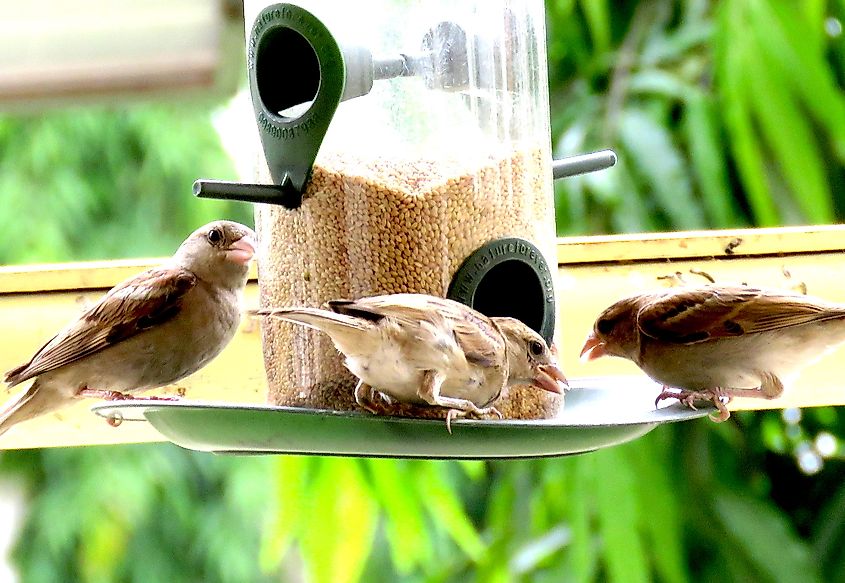
When you look around on the internet and visit websites of conservation organizations like BirdLife International, The National Audobon Society, RSPB Wildlife Charity, and others, you will find that they encourage you to feed birds. However, they also focus on being cautious about how you feed and what you feed.
Bird Feeders Support Bird Population Growth
In a 2019 study published in Nature Communications, scientists show how populations of feeder-using bird species in Britain experienced a notable rise on a national scale over 40 years. The study also shows that a surge in avian diversity at feeders is related to increasing community evenness. However, populations of birds not feeding off feeders remained relatively unchanged.
People Feeding Birds Are Useful For Conservation
Around 57 million households in the U.S. feed birds in their backyard. Together, they spend over $4 billion annually on bird food. Given the huge number of people involved in bird feeding, researchers from Virginia Tech conducted a study to find the impact of these people in bird conservation. The study published in People and Nature suggests that people who feed birds often notice changes in bird behavior and the environment and participate in citizen scientist related conservation activities. Thus, people who feed birds often have a significant impact on conservation studies.
The Best Practices
While the summary of the research presented above points to the fact that feeding birds can be both good and bad, here are some ways you can ensure that if you engage in the activity, you do it right.
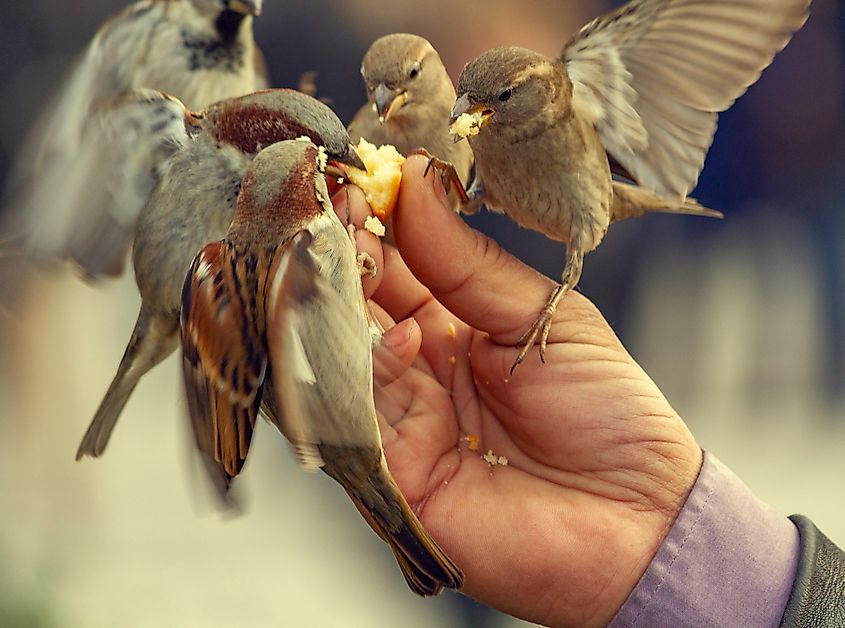
- The best practice is if you have enough space, then plant the native trees or shrubs on which the birds feed. It will be a longstanding natural source of food for these birds.
- Ask the question: Is the species at risk? Then search the authentic databases like the IUCN Red List, Audubon’s Guide to North American Birds, or other federal listings to find if the birds visiting your feeders or ones that you intend to feed are common or threatened. If the birds falls in the second category, it is best not to feed them to avoid unintended negative effects on their populations.
- Placing the bird feeder or feeding station at a place where the birds are not susceptible to window strikes, predators or overcrowding is important. Many guidebooks will provide you the rights instructions for the same.
- Use food only from reliable sources or research extensively and consult with experts before selecting the food for the birds. Random scraps like bread that have little nutrition or might even be toxic on some occasions are extremely detrimental to the health of birds.
- Keep the feeders and the space around the feeding station clean of bird droppings, stale food, and dirt. Refer to reliable protocols to do so.
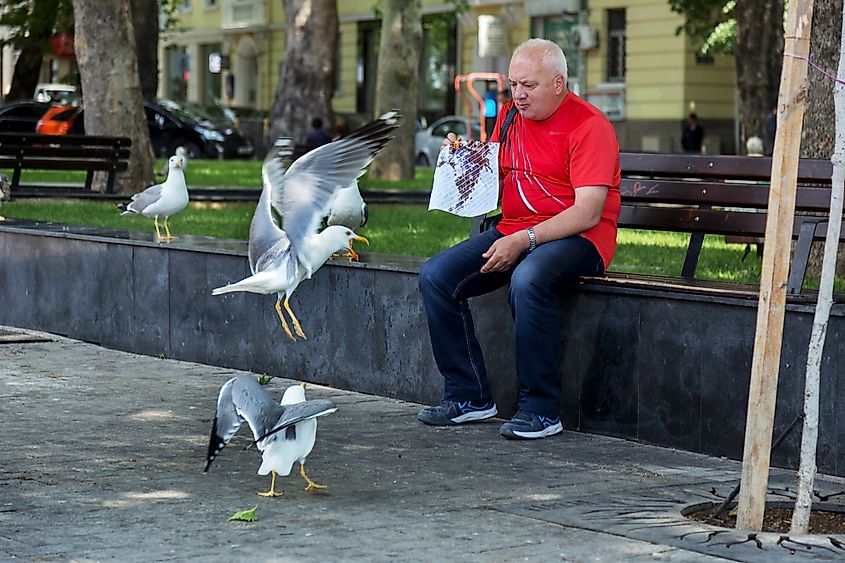
- Do not feed birds if you think it might alter their behavior in that they might become bold enough to seek food from other people who might not entertain them. This behavioral alteration of birds can make them vulnerable to the human wrath.
Most scientists and conservationists feel that to come to conclusive decisions about the effects of feeding wild birds, more experimental research is needed. Such studies need to be conducted at different locations across the globe as bird conservation issues depend on a multitude of factors whose composition is often location-specific.
So, if you do not feed birds but love to observe them in their natural habitat, you are doing great. And if you do feed birds, abide by the feeding guidelines suggested by experts as you happily welcome the feathered guests to your backyard.










